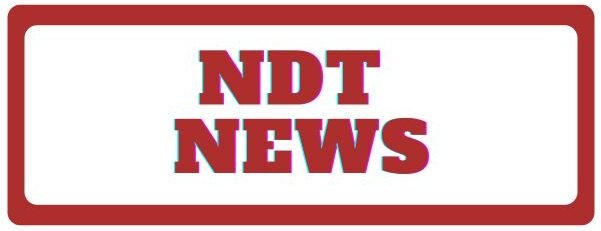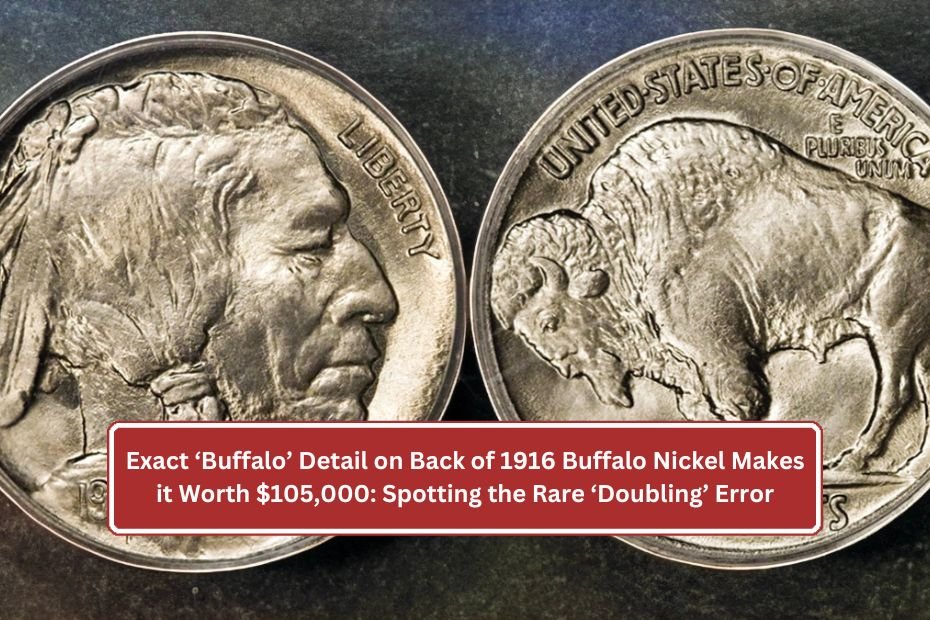The 1916 Buffalo nickel, also called the Native American Head nickel, is a rare collectible coin known for its distinct design and valuable strike errors. A recent example of this coin sold for $105,000 due to a specific “double die” or “doubling” error. This guide will help you understand why this coin is so valuable, how to spot doubling errors, and some history behind the Buffalo nickel’s unique design. If you have one of these rare nickels, it might be worth getting it checked by a professional to see if it’s valuable.
Table of Valuable 1916 Buffalo Nickel Features
| Feature | Details | Importance in Value |
|---|---|---|
| Double Die Error | Doubling on the 1, 9, and 6 of the date | High-value driver |
| Unique Native American Design | Modeled from real Native American chiefs | Historic significance |
| Bison on Reverse | Inspired by a bison at the Bronx Zoo | Adds collectible value |
| Philadelphia Mint | No mint mark | Common, but some rare variants exist |
What Makes the 1916 Buffalo Nickel Valuable?
Several factors add to the value of a 1916 Buffalo nickel:
- Double Die Error: Doubling, a rare minting error, is present on the numbers 1, 9, and 6 of the 1916 date. This error occurs when the dies hit the coin more than once in slightly different spots, resulting in slightly doubled images or numbers.
- Historical Design: The coin features a Native American portrait on the front (obverse) and a bison on the back (reverse), designed by James Earle Fraser.
- Limited Minting: Unlike modern coins, many older coins, including the Buffalo nickel, were minted in smaller quantities, making surviving examples more precious to collectors.
If you think you might have a valuable Buffalo nickel, consider having it graded by a third party, such as the Professional Coin Grading Service (PCGS) or Numismatic Guaranty Company (NGC). They can verify its condition and any rare errors, which significantly affects its worth.
Historical Background of the Buffalo Nickel
The Buffalo nickel, minted between 1913 and 1938, is famous for its bold design, created by sculptor James Earle Fraser. Here are some key details:
- Obverse Design: The coin’s front features a right-facing Native American head. Fraser reportedly used three Native American chiefs as models for this design.
- Reverse Design: The reverse side shows a bison, often referred to as a “buffalo.” This bison was inspired by a real animal that once lived in the Bronx Zoo.
- Minting Location: Most of these coins were produced in Philadelphia and do not carry a mint mark. However, some rare Buffalo nickels with mint marks from other locations can also be highly valuable.
How to Spot Doubling Errors on Buffalo Nickels
A doubling error, known as a “double die,” occurs when the die that stamps the coin shifts slightly between strikes, leading to a faint, doubled image. On the 1916 Buffalo nickel, this error is visible on the date. To see this, look closely at the numbers on the date, particularly the 1, 9, and 6. If you spot this error, you might have a valuable coin on your hands.
Conclusion
The 1916 Buffalo nickel is a prized piece among collectors, particularly when it features the rare doubling error. With its rich history and unique design, this coin captures a piece of American heritage. If you own a Buffalo nickel, carefully inspect it for the doubling error, and consider professional grading to determine its value. Whether you’re a seasoned coin collector or a beginner, the Buffalo nickel is an iconic piece worth exploring.
FAQ’s
What is a Buffalo nickel with a double die error?
A Buffalo nickel with a double die error has doubled images or numbers due to the die striking the coin in a slightly different position multiple times. This makes it more valuable.
How much is a 1916 Buffalo nickel with a doubling error worth?
A 1916 Buffalo nickel with this error can be worth anywhere from thousands to over $100,000, depending on the condition and the prominence of the error.
How do I know if my Buffalo nickel is valuable?
Check for any visible doubling in the date numbers, and have it graded by a professional service. Coins in higher grades or with errors are usually more valuable.

